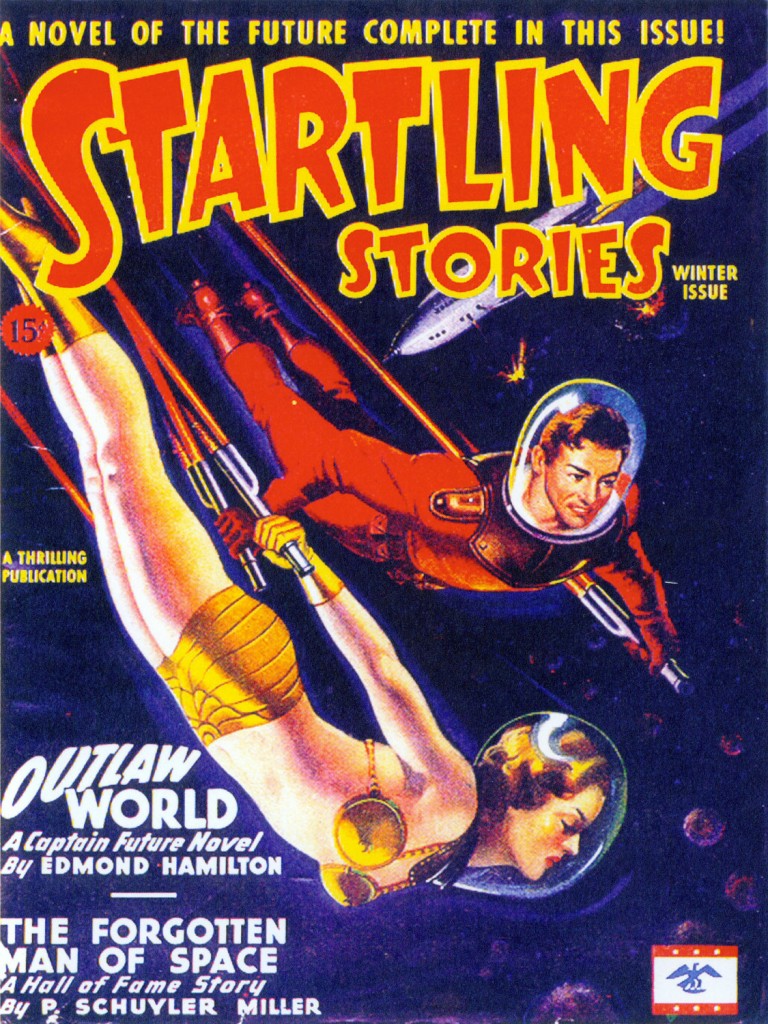
Turing’s persona captured in stone. Photo: Duane Wessels
Alan Turing is someone that you might not know of directly, but chances are you’ve used a computer at some point. You’re more than likely using one to read this. One of the great conceptual thinkers of the 20th century, Turing was responsible for designing the concepts for some of the worlds first electronic stored-program computers, as well as being one of the world forerunners in concepts regarding artificial intelligence and emotional intelligence of computers. While he didn’t physically invent such devices and technologies, his thought processes and methods of thinking and design were what have brought a lot of the technology we utilise today into life. Mind you, this was all happening in the 1940’s. Someone was good at speculation and creative thinking.
Not only known internationally for his concepts and designs, Turing was also integral in the deciphering the German codes used in WWII and enabling the Allies to intercept messages and read them. Asa Briggs, a historian and wartime codebreaker has some nice things to say about him.
You needed exceptional talent, you needed genius at Bletchley and Turing’s was that genius.
His main three accomplishments were his input into the fields of codebreaking, computing and AI.
What makes this tragic is that he was lost at a relatively early age. Whether it be accidental or suicide, the case was never resolved. But Turing’s life was impeded by a number of social issues that still affect us in ways some 60 years down the track. Turing was a homosexual, at the time, this was considered illegal. When his relationship with another male became known he was officially charged. To escape going to prison, he elected to be chemically castrated. That pretty much means they pumped him with oestrogen to try and suppress his sexual tendencies. While the effects of this were tragic on Turing’s life and self, the fields he worked in suffered even greater losses.
He was imprisoned at the height of his work, he worked for the government breaking codes and had access to government data that was confidential. Because homosexuals were considered a “security threat” – something to do with being subject to blackmail – he was forced to leave his position. Without access to such a high level of resources, there’s no doubt his work was hindered. He continued to work with the Universities he was attached to during his life, but his death marked a tragic end to his work. Perhaps if he had lived another 20 years we could have seen his concepts come to be much faster? Who knows what sort of unlimited knowledge was present in such a mind. His ability to think creatively, conceptually and utilise elements of what we know today as “design fiction” perhaps would have yielded some incredible technological advances much earlier in the 20th century.



